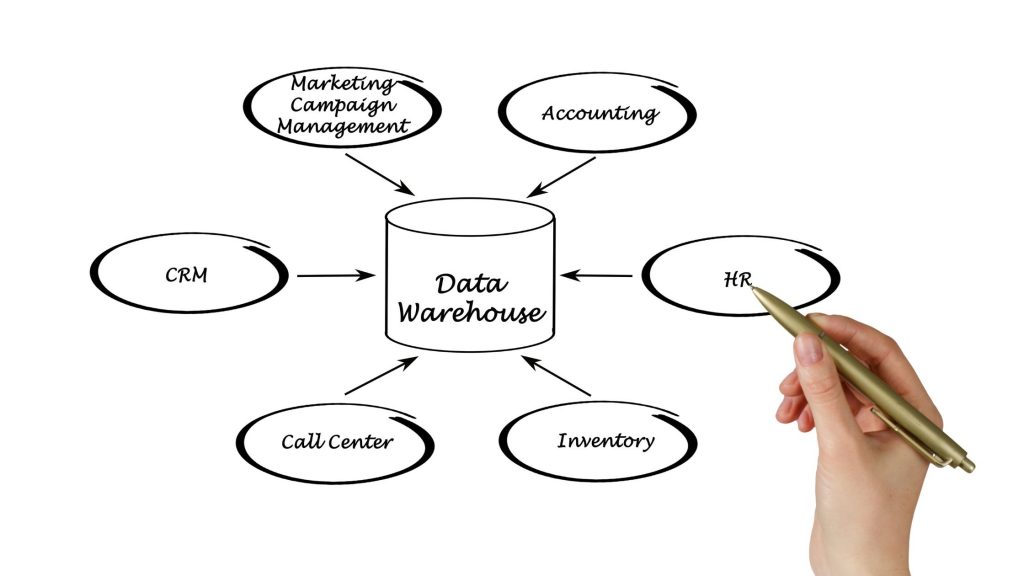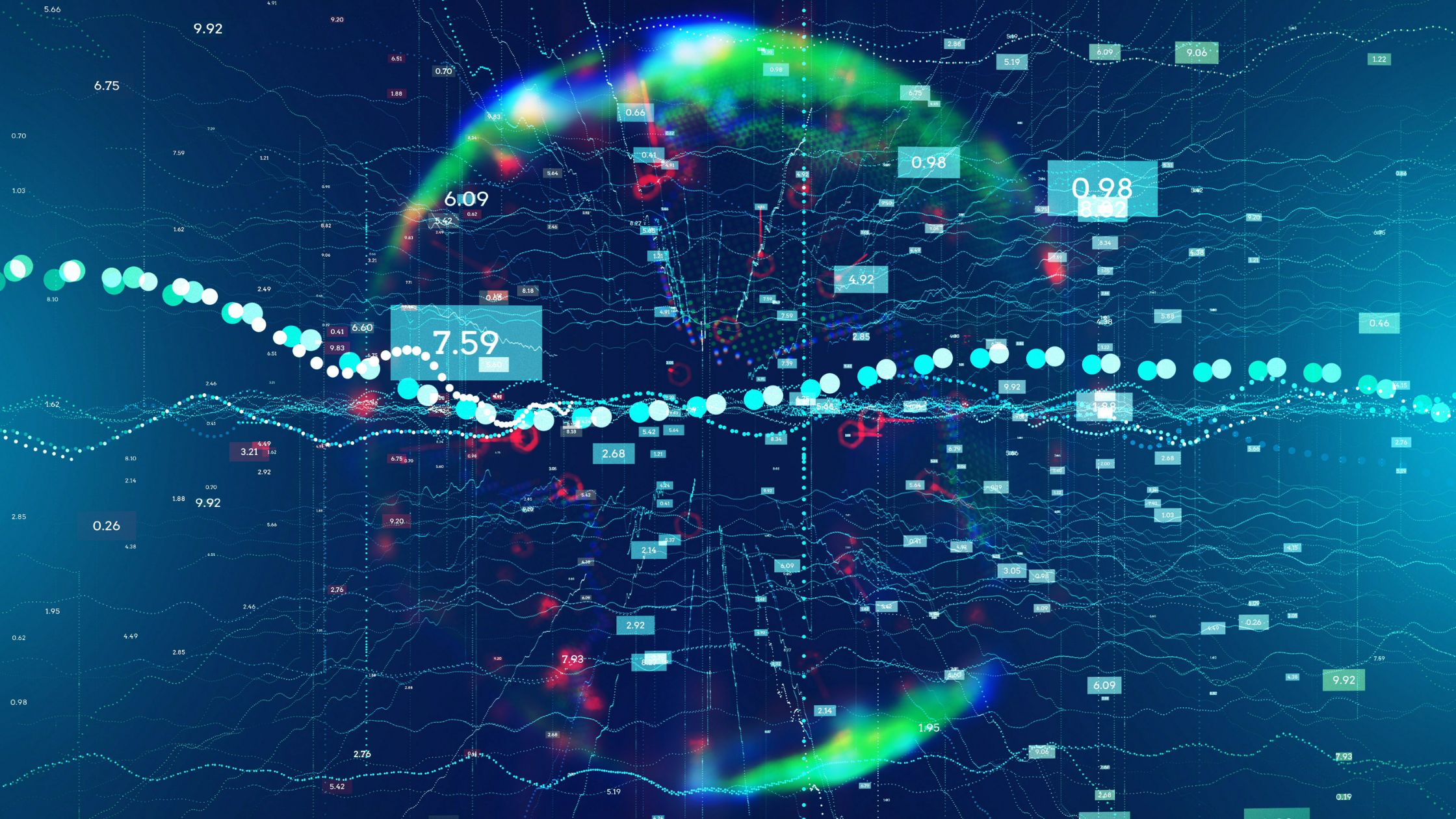You must have seen that many enterprises tend to collect stacks of data records. It might raise a question in your mind as to what they will do with so much data? Do all the collected data make sense, or are they of any constructive use? Well, we are here to answer all your queries and provide much other necessary information associated with data mining and data curation.
When an enterprise collects massive data records, it is nearly impossible for the enterprise to maintain them and give sense to each record. Data mining and curation come into the picture to provide enhanced accessibility to the data. Let us look at a detailed version of what they are and how they affect the enterprise requirements.
What Is Data Mining And Data Curation?
An enterprise acquires stacks of data from many different sources, which becomes messy to handle. Moreover, the data collected turns out to be of no use as they are not correctly stacked. Here comes data mining. Data mining and data curation refer to the entire procedure of acquiring data, sorting, assembling, visualizing, transforming, filtering, and manipulating to make it ready to use.
The process mainly focuses on maintaining the data for the enterprise’s users and other general public groups. It involves computation, structuring, indexing, and cataloging data for future use. Data mining and curation methods include data snooping, data dredging, and data fishing.

Architecture Of Data Mining And Data Curation
The architectural structure of data mining is very lucid to understand. Go through the below-mentioned pointers to understand the overall structure of data mining and curation.
- The process begins with collecting data from various sources like data warehouses, databases, webs, and other repositories.
- As the collected data is unstructured and raw, the missing, expendable, and identical information is removed. All other data are gathered under one structure.
- The homogeneous data then goes into the data warehousing server.
- The next step is to feed the integrated data into the data mining engine, which uses various techniques and tools for specific insights and patterns.
- The last step is the knowledge base, where the data procured from past circumstances and the behavior of the users is applied for pattern searching. Once a draft model is curated, the knowledge base proves its accuracy and reliability.

Types Of Data Relevant For Data Mining And Data Curation?
Any data procured by the enterprise can be mind and curated. Whether simple or complex, both types of data can be handled by well-equipped data mining tools. Different techniques make it easy to access the information for the users. Check the under-mentioned list to know what type of data can be mined and curated.
- Spatial Databases: Spatial databases store relevant information regarding geographical location. The data is stored in the form of longitudes, latitudes, lines, shapes, and many more.
- Time Series Databases: This type of data is indexed in the order of time. Here, the data is collected at equal or unequal intervals of time. Some common examples of time series databases are stock exchange, data on weather, and ECG. The measurements acquired during a regular period are known as Metrics, whereas the data acquired during an irregular period is known as Events.
- Multimedia Databases: Multimedia databases store information in the form of media files. The media files can be in the form of text formats, audio, videos, and images. YouTube and E-books are the best examples of such types of databases.
- Relational Databases: This database structures the data in tabular form with multiple columns and rows. A common relational database is SQL.
In addition to the abovementioned list, transactional databases, data warehouses, World Wide Web, and flat file information can be mined and curated. These databases can be mined through different tools and techniques, making them easy for the users to access.

Applications Of Data Mining And Data Curation
The applications of data mining and data curation are widespread. Data mining and data curation have their own space in various industries like telecom, medical and pharma, credit card, insurance, retail and marketing, engineering and science, recommender systems, prevention, and intrusion detection. Some significant applications of the same are as follows:
- It investigates online streaming data for the prevention of cyber fraud.
- Inspection of the potency of sales campaigns and generation of product recommendations.
- Scrutinizing social media, software bugs, and network intrusions.
- Identification of customer behavior and their purchase pattern to enhance customer retention and after-sales services.
- Prognosis of credit rating, suspicious access, money laundering, customer credit policy, and targeted marketing.
Advantages And Disadvantages Of Data Mining And Data Curation
Data mining and curation is a job that requires immense knowledge on technical grounds and well-developed business and communication skills. The process of data mining makes it easy for the users of the enterprise and other people to comprehend the information collected. The data gathered and indexed into a single file serves the needs and interests of specific groups of people. Let us quickly browse through the pros and cons of data mining.

Pros
- Ease in marketing campaigns
- Prevention against fraud risks on online streaming sites
- Inspection of trends
- A better understanding of customer habits, behavior
- Customized content on time
Cons
- Imprecise data because of irrelevant or erroneous information
- Unauthorized surveillance into sites.
The Bottom Line
The concept of data mining and data curation is straightforward to understand. Extraction of data from relevant databases and using different techniques and tools for easy readability is all about data mining. Many enterprises consider it to be an essential step for knowledge discovery. In order to gain a deeper understanding, the data from different sources is processed, integrated, transformed, and visualized.
Some standard data mining and curation tools are WEKA, R, Rapid Miner, Knime, and SAS. Besides, visual methods, audio mining, statistical learning, machine learning, and probability are well-known data mining techniques. If you are looking forward to working as a data miner, you should be familiar with programming languages like Python, Perl, Java, and R. Moreover, you must have in-depth knowledge of data analysis, communication, and business skills.




